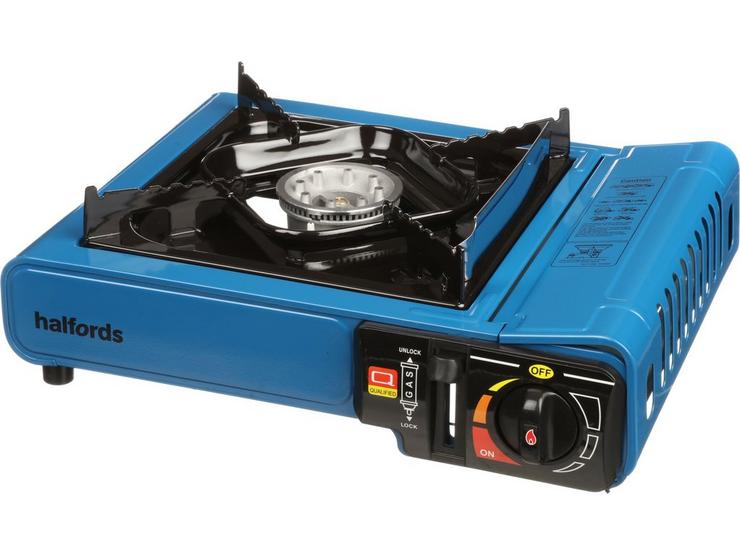Carbon monoxide from gas stoves / heaters is a risk but not as big as some portray .... Providing the stove is burning correctly a clean blue flame is the sign of a clean full burn.. it's the lazy sooty yellow flames that are a major risk..
Just think of all the homes with natural gas cookers and ovens which have no flues.. likewise caravans / camper vans / static holiday homes they do have some ventilation ( mostly to prevent gad leaks pooling LPG is heavier than air)
so do most houses we have legacy air bricks in our kitchen from I'm guessing an old range and one in the living room from a gas fire which should be more than sufficient plus the uPVC hit and miss trickle vents when did you last clean those out? One thing that gets forgotten they fill with cobwebs band muck
I've several carbon monoxide alarms and would always recommend that you have 2 in the area of fuel burning appliances ... Why.. you can't see it smell it or taste it changes of 2 detectors failing are slim.... And the bsi regs for new static caravans specify 2 Vs only one smoke alarm.....
Same with gas heaters....
https://youtu.be/XVsfXuq1KFA
Ours forbids paraffin heaters and calor gas heaters in the house (exact description) now I could push my luck and buy Flo gasHappyhatter wrote: ↑Fri Jun 10, 2022 6:15 pm Good tip looking at tenant agreement Yorkshire Andy as states not to store eg calor gas cannisters (makes sense on safety terms) your ideas on bio ethanol etc & use of hobo stove (obviously on open ground as suggested) worth looking into, thanks all for the ideas

